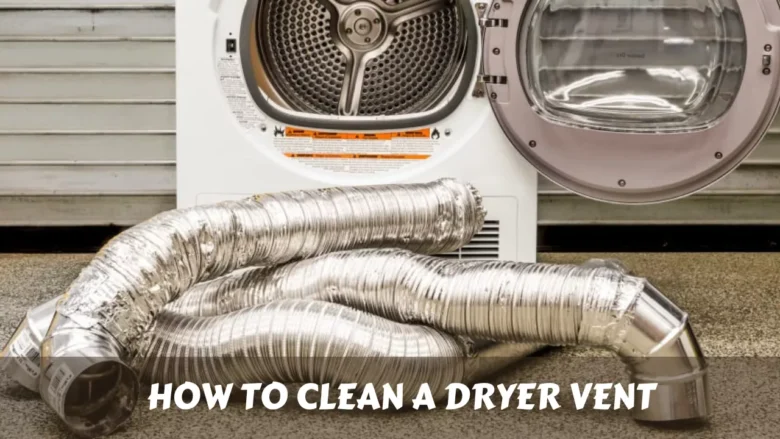You know that sinking feeling when you open your oven and see melted cheese plastered all over your heating coils?
Yeah, I’ve been there too.
Last Tuesday, I was making pizza for my kids and got distracted by a work call.
Came back to find cheese dripping everywhere like some kind of dairy disaster.
The smell hit me first – that burnt, acrid scent that makes you want to throw the whole oven away.
But here’s the thing: you don’t need to panic or call a repair guy.
I’m going to walk you through exactly how I cleaned that mess and got my oven working like new again.
Jump to
ToggleWhy Does Pizza Cheese Burn onto Heating Elements?
Most people don’t realize this, but cheese has a pretty low melting point.
When it gets too close to those red-hot coils, it doesn’t just melt – it basically welds itself to the metal.
The high heat caramelizes the proteins and fats.
Creates this stubborn, crusty mess that seems impossible to remove.
But it’s not.
Safety First – Turn Off and Cool Down
Before you touch anything, make sure your oven is completely off.
I mean OFF off.
Unplug it from the wall if you can.
Wait at least 2-3 hours for everything to cool down completely.
Those heating elements can stay hot way longer than you think.
Trust me, burnt fingers are way worse than burnt cheese.
The Baking Soda Method (My Go-To)
This is what saved my oven last week.
Here’s what you need:
- Baking soda
- Water
- Old toothbrush or soft scrub brush
- Damp cloth
- Patience
Step 1: Make the paste
Mix baking soda with just enough water to make a thick paste.
Think toothpaste consistency.
Step 2: Apply and wait
Smear this paste all over the burnt cheese on your heating coils.
Don’t be shy with it.
Let it sit for at least 30 minutes.
The baking soda breaks down the burnt proteins and makes everything easier to scrub off.
Step 3: Gentle scrubbing
Use that old toothbrush to gently work the paste around.
Don’t go crazy here – heating elements can be delicate.
Step 4: Wipe clean
Use a damp cloth to wipe away the paste and loosened cheese.
You might need to repeat this a few times for really stubborn spots.
The Self-Cleaning Cycle Hack
Some people swear by running their self-cleaning cycle.
Here’s the deal: it works, but it’s overkill for just cheese.
Your oven gets crazy hot (like 900°F).
Burns everything to ash.
But it also uses a ton of energy and can make your kitchen smell like a crematorium.
Only use this if you’ve got cheese everywhere and nothing else is working.
What NOT to Do (Learn from My Mistakes)
Don’t use steel wool
I tried this once and scratched up my heating element.
Cost me $150 to replace it.
Don’t use harsh chemicals
Oven cleaners with strong chemicals can damage the element coating.
Plus, you don’t want those fumes in your food later.
Don’t try to remove elements unless you know what you’re doing
Some heating coils can be removed for cleaning.
Others can’t.
Check your manual first or you might break something expensive.
When to Call a Professional
Look, sometimes you just need to wave the white flag.
If the cheese has completely covered your heating elements.
If you smell electrical burning (not just food burning).
If your oven isn’t heating evenly after cleaning.
Time to call someone who knows what they’re doing.
Prevention Tips (Because Nobody Wants to Do This Again)
Use a pizza stone or baking sheet
Creates a barrier between your pizza and the heating elements.
Keep your oven clean
Old grease and food bits make new spills stick worse.
Don’t overload with toppings
I know, I know – more cheese is better.
But not when it’s dripping everywhere.
Check your pizza halfway through
Catch any drips before they become a problem.
Alternative Methods That Actually Work
The steam method:
Put a bowl of water in your oven and heat it to 200°F.
The steam softens the burnt cheese.
Then use the baking soda method.
Ammonia overnight (for tough cases):
Place a bowl of ammonia in your cold oven overnight.
The fumes help break down the burnt residue.
Just make sure to ventilate well the next day.
Signs Your Heating Element Might Be Damaged
After cleaning, watch for these red flags:
- Uneven heating
- Sparking or popping sounds
- Dark spots on the element
- Your oven taking way longer to heat up
If you see any of these, you might need a replacement element.
Frequently Asked Questions
Can I use vinegar instead of baking soda?
Vinegar works, but it’s not as effective on burnt cheese. The acid helps, but baking soda’s abrasive action is what really gets the job done.
How long should I wait before using my oven after cleaning?
Run it empty at 200°F for 15-20 minutes to burn off any cleaning residue. Then you’re good to go.
Is it safe to scrape burnt cheese with a knife?
No. You can scratch the heating element or hurt yourself. Stick to soft brushes and patience.
What if the cheese is inside the coil spirals?
The baking soda paste method works here too. Just work it into the spirals with a small brush and be patient with the cleaning.
Can burnt cheese damage my heating elements permanently?
Usually no, but if left for months it can cause corrosion. Clean it as soon as possible.
The bottom line?
Removing burnt pizza cheese from oven heating element coils doesn’t have to ruin your day.
Baking soda, patience, and a gentle touch will solve 90% of these problems.
Your oven will be back to making perfect pizzas in no time.





